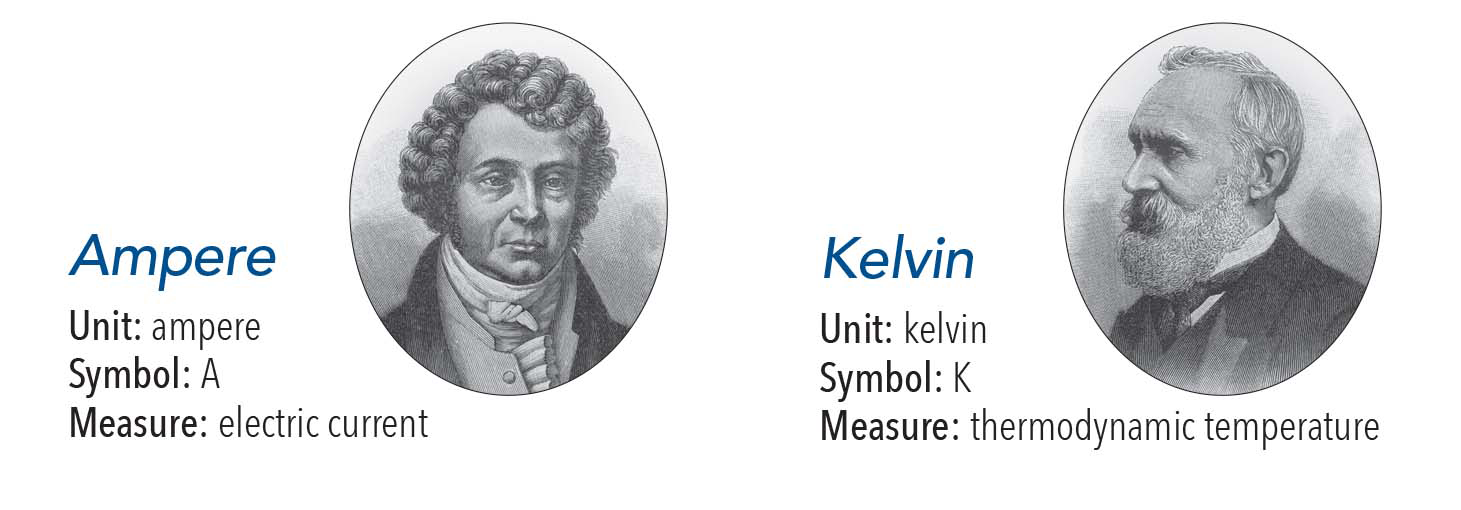On Oct. 10, 1933, the eighth meeting of the General Conference on Weights and Measures, also known as CGPM, considered the necessity of substituting “international electric units” with “absolute electric units.”
On Oct. 21, 1948, the ninth CGPM meeting abolished absolute electric units and adopted the ampere as the unit of electric current.
The CGPM’s definition was, “The ampere is that constant current, which, if maintained in two straight parallel conductors of infinite length, of negligible circular cross section, and placed 1 meter apart in vacuum, would produce between these conductors a force equal to 2×10ˉ7 newton per meter of length.”
The unit of electric current is named after André-Marie Ampère (1775-1836), a French mathematician, physicist, chemist and philosopher. He is best known for work in electromagnetism.

In 1848, Lord Kelvin, aka William Thomson, in his paper “On an Absolute Thermometer Scale,” calculated that absolute zero was equivalent to -273° C (-459.4° F) on air thermometers. His value of -273 was derived from 0.00366, which was the accepted expansion coefficient of gas per degree Celsius relative to the ice point. The inverse of -0.00366 is -1 ÷ 0.00366 = -273.22° C. This value is very close to the true value of -273.15° C.
On Oct. 16, 1967, the 13th CGPM meeting decided that:
- The unit of thermodynamic temperature would be denoted by the name kelvin and the symbol K.
- The same name and symbol would be used to express a temperature interval.
- A temperature interval also could be expressed in degrees Celsius.
Instead of degrees, temperatures on the Kelvin scale are called kelvins. Absolute zero, or 0 K, is the coldest temperature theoretically possible, but it cannot be reached by artificial or natural means. At absolute zero, all molecular motion does not cease, yet it lacks sufficient energy for transference to other systems. Therefore, it is correct to say molecular energy is minimal at 0 K.
The following are some interesting facts:
- Helium melts at 0.95 K (-272.2° C or -458° F).
- The average temperature of the universe is approximately 2.73 K (-270.4° C or -454.8° F).
- The mean surface temperature on Earth is 287 K (13.9° C or 56.9 °F).
- The surface temperature of the sun is 5,778 K (5,504.9° C or 9,940.7° F).
Lord Kelvin (1824-1907) was an Irish Scottish mathematician and physicist. His contributions to science included the absolute temperature scale, the dynamic theory of heat, the mathematical analysis of electricity and magnetism, ideas for the electromagnetic theory of light and fundamental work in hydrodynamics.
Related Glossary Terms
- parallel
parallel
Strip or block of precision-ground stock used to elevate a workpiece, while keeping it parallel to the worktable, to prevent cutter/table contact.



